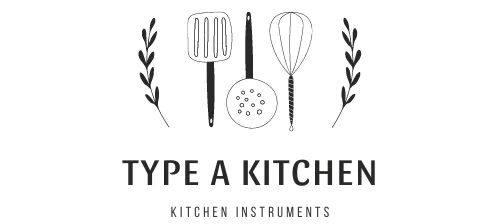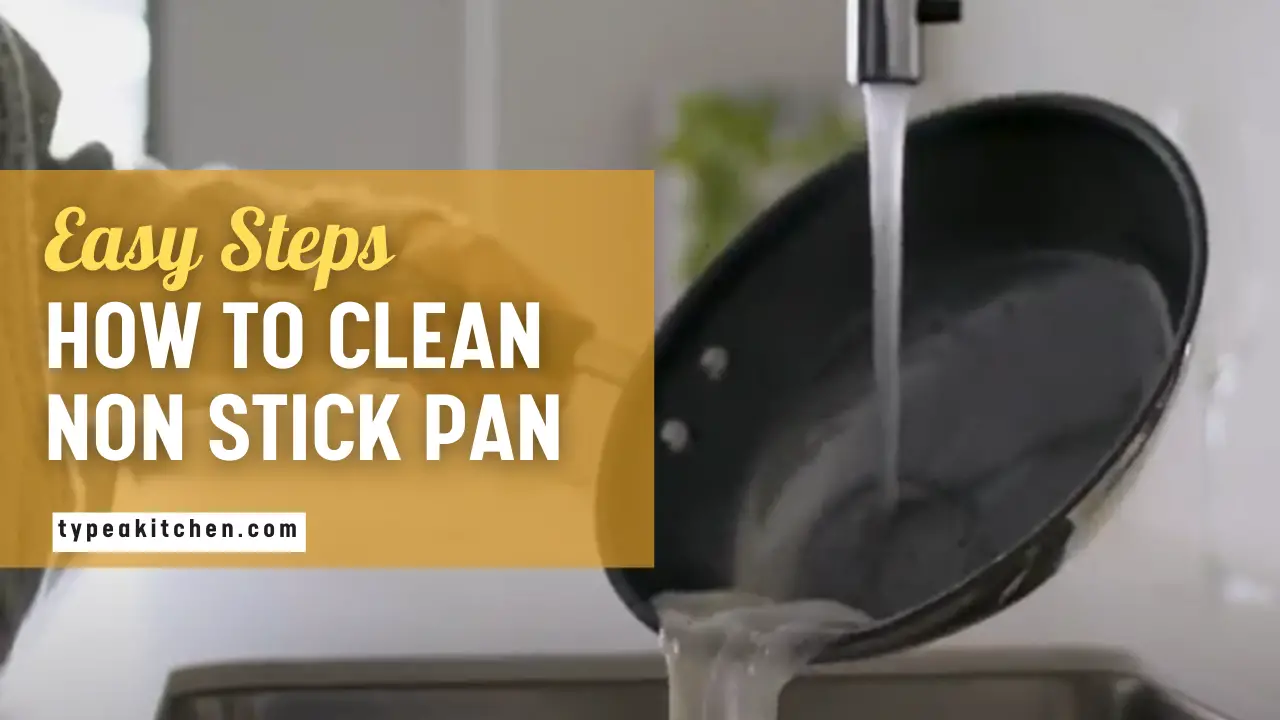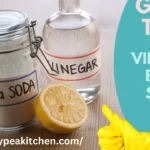Introduction:
Non stick pan is a pan coated with a substance that prevents food from sticking to the surface. It’s one of the most versatile and convenient cookware pieces you can have in your kitchen. From eggs to burgers, they allow you to cook a variety of dishes with ease and convenience. They are also incredibly easy to clean and maintain since food particles don’t stick or burn on the surface.
Non-stick pans come in a variety of sizes, materials, and shapes that make them suitable for a variety of cooking needs. The most common materials used are aluminum and stainless steel, both of which are durable and capable of evenly distributing heat. These pans also have a non-stick coating that’s designed to resist scratching and staining, making them great for everyday use.
Non-stick pans are also incredibly easy to use. You can toss in some oil or butter before adding your food, and the non-stick coating will prevent the food from sticking to the pan. This makes it easier to flip and cook your meals without worrying about them falling apart on the surface.
Cleaning these pans is a breeze as well. All you need to do is use a soft cloth, warm water and some dish soap to wipe away any food residue or grease left behind. You can also add white vinegar to the mix for extra cleaning power.
Overall, non stick pans are a great addition to any kitchen. They’re versatile and easy to use, plus their non-stick coating makes them incredibly easy to clean. This makes them a great choice for busy cooks who don’t want to spend too much time cleaning up after every meal. With proper care and maintenance, your non-stick pan can last you years and save you lots of time in the kitchen.
Overview of how to clean non stick pan:
To keep your non-stick pan in tip-top shape, there are a few simple steps you can follow: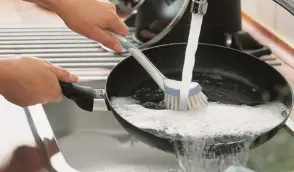
- After each use, allow the pan to cool completely before washing.
- Use warm soapy water and a soft cloth or sponge to remove any food residue from the surface of the pan.
- Rinse with warm water and dry with a soft cloth.
- For tougher stains, use white vinegar or baking soda to loosen them before cleaning.
- Avoid using sharp objects such as metal utensils on your pan to prevent scratching the non-stick coating.
- To increase the lifespan of your pan, use a wooden or plastic spatula or spoon instead of metal utensils.
- Store the pan properly in a dry place and make sure it is completely dry before storage.
By following these easy steps, you can ensure that your non-stick pan stays in great condition for years to come.
10 ways of how to clean non stick pan:
1. Allow the pan to cool down
Allow the pan to cool down completely before beginning the cleaning process. Before cleaning your pan, make sure to let it cool down completely. This will prevent any damage from the heat of the non stick pan. Once cooled, remove any bits of food or grease using a soft cloth.
2. Soak in warm, soapy water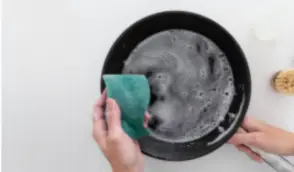
First, soak your non-stick pan in warm, soapy water for a few minutes to loosen any cooked-on food particles. This will help loosen any stuck-on food particles and grease that may be on the surface of the pan which will makes it easier for you to wipe away all the residue without having to scrub or use harsh cleaning chemicals.
3. Use a non-abrasive scrubber
Next, use a non-abrasive scrubber or sponge to gently remove any stuck on food particles. Do not use steel wool or abrasive sponges as these can damage the surface of the pan and may cause it to flake off over time. Once you’ve removed all the stuck-on food particles, it’s time to rinse off the pan with warm water. This will help remove any soap residue and make sure your pan is clean and ready for use.
4. Apply a baking soda and vinegar solution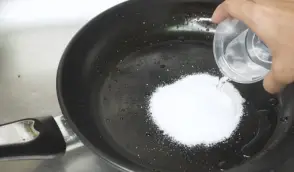
For tougher stains and grease spots, mix together a solution of baking soda and white vinegar. Then, apply the mixture to the pan with a soft cloth or brush and let it sit for a few minutes before rinsing off with warm water. This solution is effective at removing any tough stains or grease spots without damaging the non-stick coating.
5. Apply a paste of baking soda and water
For a more thorough cleaning, you can apply a paste of baking soda and water to the pan. Use a small amount of water to make sure that the paste is thick enough that it won’t run off the side of the pan. Let this sit for 5-10 minutes before scouring with a non-abrasive scrubber or cloth.
6. Use a non-stick spray cleaner
If you want to make sure your pan is completely non-stick, you can use a non-stick spray cleaner. These are specially formulated to create a barrier between the food and the surface of the pan to help prevent sticking. Spray this onto dry surfaces only and be sure to wipe off any excess with a soft cloth or paper towel.
7. Use a magic eraser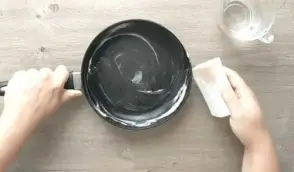
The magic eraser is an excellent tool for cleaning non-stick pans. Just be sure to test it on a small area of the pan first to make sure it won’t damage the surface. If all goes well, wipe down the entire pan with a damp magic eraser and rinse off any remaining residue with warm water.
8. Apply a dish soap and baking powder paste
For tougher stains, you can mix together a paste of dish soap and baking powder. Apply this paste to the pan and let it sit for 10-15 minutes before scrubbing the area with a non-abrasive sponge or cloth. Rinse off all residue with warm water afterwards.
9. Use a dishwasher
For an even easier way to clean your non-stick pan, you can put it in the dishwasher. Just be sure to use a mild detergent and place the pan on the top shelf of the dishwasher where it will be least exposed to high heat.
If your pan is dishwasher safe, you can use a specially formulated dishwasher-safe cleaner to deep clean it. Just make sure to read the instructions carefully before using this product.
10. Season the pan regularly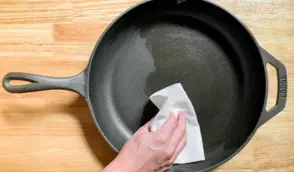
Make sure to season your non-stick pan regularly. This will help create a protective barrier on the surface of the pan and keep it from becoming scratched or damaged over time. To do this, simply coat the pan with a thin layer of cooking oil and heat it up for about 15 minutes before letting it cool down completely. This should be done every few months to help keep your non-stick pan in its best condition.
Once you’ve cleaned your non-stick pan, it’s important to dry it off completely with a clean, soft cloth. This will help prevent water spots and will also help keep the surface of the pan free of any debris or grease that could cause sticking.
Conclusion:
Cleaning your non-stick pan correctly is essential for keeping it in top condition. Following the steps outlined above will ensure that your pan stays non-stick and free of any scratches or damage. Remember to season your pan regularly, use a non-stick spray cleaner when needed and never use abrasive tools or chemicals to clean it. With proper care, your pan should last you a long time.
